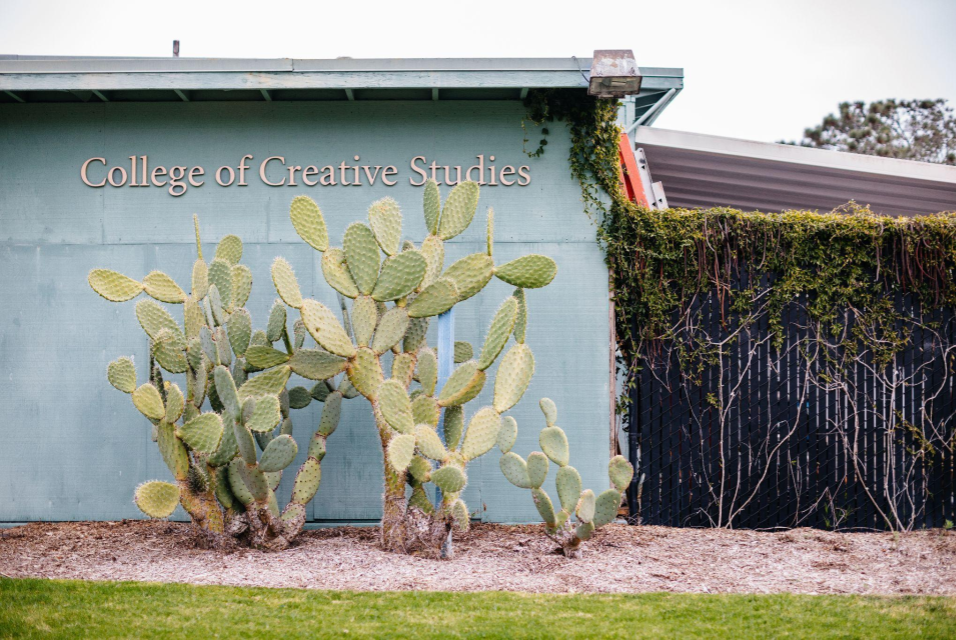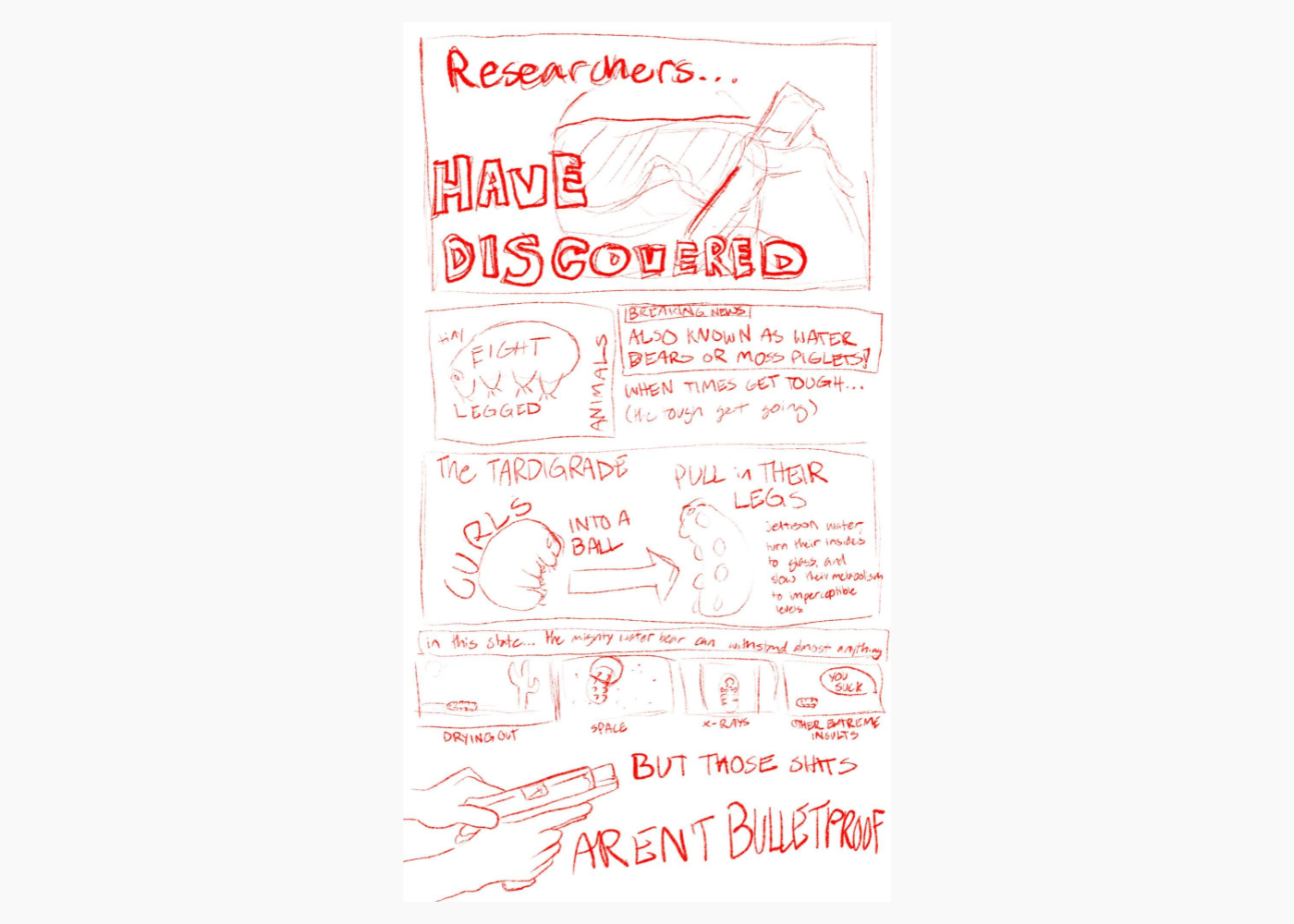I would have never considered myself a science communicator until I began working with my coeditors on this special issue. I would have considered myself primarily an avid reader of narrative nonfiction, often with a scientific angle such as ecology, geography, health sciences, or cosmology. I also knew that as a creative writer, when I sought to explain ideas, concepts, or feelings that were just out of reach, I often used a science metaphor or scientific grounding to explain. When I began teaching science writing for the public, using my creative nonfiction background as a springboard, I realized how many creative writers were already intentionally engaging with the sciences in a way that not only helped communicate urgent science matters to the public, but brought depth and artistry to their work that might not otherwise be possible. I was inspired to not only start exploring such engagement in my own work but also to help my students do the same, which is why I developed W&L CS 149: Multigenre Workshop - Science in the Literary Arts.
I was also in part motivated to push back against the STEAM framing of the meeting of the arts/humanities and the sciences. In their introduction to Writing STEAM: Composition, STEM, and a New Humanities, Vivian Kao and Julian Kiernan (2022) traced the rise of STEAM back through the early years of STEM education's centrality to the United States' strategy to remain competitive in innovation, economics, and wealth creation at a global scale as well as create opportunities for climbing the class ladder at home. The establishment of land-grant universities, World War II, and the space race of the 1950s all marked times of increased attention to STEM education, long before the National Science Foundation (NSF) coined the acronym in 2001.

